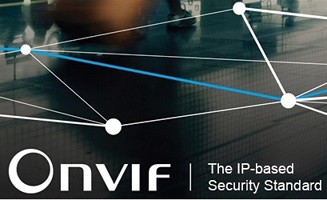ONVIF, the leading global standardization initiative for IP-based physical security products, has announced that its newest access control specification has been adopted by the global standards group International Electro-technical Commission (IEC)as its new standard for Electronic access control systems, positioning the ONVIF specification as the global access control standard in countries, projects and industries all over the world.
The inclusion of the ONVIF specification by the IEC, which is playing a significant role in the continued development of the Internet of Things by establishing interoperability between electronic devices, marks the second time that ONVIF specifications have become IEC global standards, paving the way for further international adoption of ONVIF as part of security projects.
The IEC60839-11 System and components requirements standard for Alarm and Electronic Security Systems will adopt the specification that ONVIF developed for Access Control monitoring, based on web services. IEC 60839-11specifies minimum functionality, performance and testing methods for electronic access control systems and components used for physical access. The standard applies to electronic access control systems and components that are used in security applications for the granting of access and includes requirements for logging, identification and control of information.
ONVIF specifications were previously included in the 2014 release of the IEC 62676 standard for Video Surveillance Systems, the first international standard to be established for video surveillance systems. The ONVIF specification for video, which is based on Web Services, is referenced in IEC 62676 Part 2-3, which defines video transmission protocols for communication between network video clients and video transmitter devices. In addition to the IEC’s recent adoptions of ONVIF specifications, ONVIF plans to continue to support and collaborate with the IEC in developing future standards.








